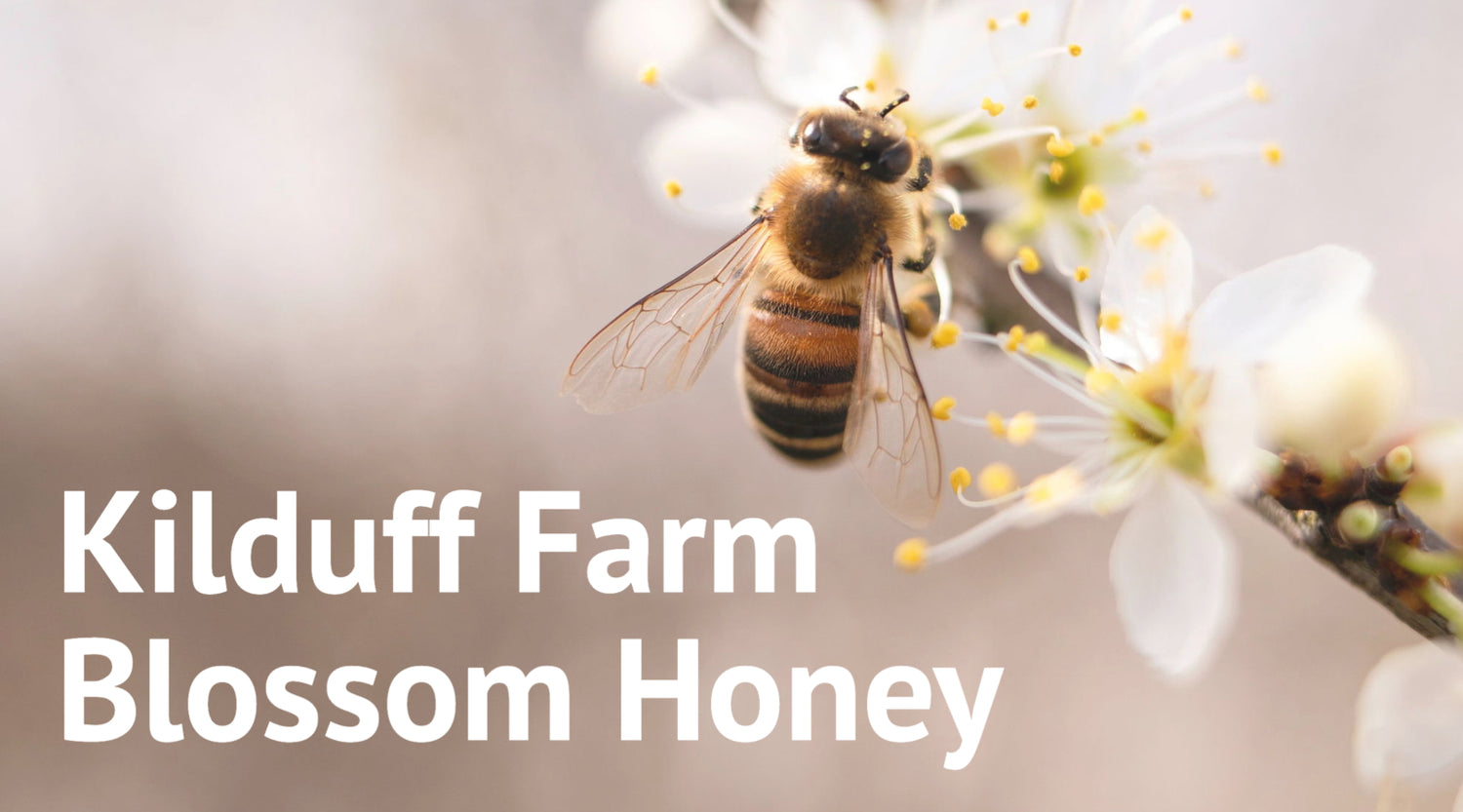Having left Scotland to try a bit of beekeeping in New Zealand, you can imagine my surprise when Ali and Peter announced I would be staying in a bothy! Ok so they didn’t use the word bothy but I was to spend the night in a New Zealand equivalent.
Out here they call them DOC huts, DOC being the abbreviation for the Department of Conservation. These huts can be found throughout New Zealand in hard to reach places, at least by car. They are mainly used by walkers and hunters, so why was I heading to one?
Well sometimes as a beekeeper you have to place your hives in quite hard to access locations. When looking for a good spot for your bees access is always one of the first concerns. Can you actually get to the hives? This is often a challenge. The best sites for your hives are not always the easiest to reach. In order to try and get a good manuka crop, Ali and Peter have some of their hives over an hours drive from the nearest proper road, hence the stay overnight in the bothy. This would allow us to get up bright and early to collect the manuka crop.
Off the Beaten Track
We all met up in a place called Hanmer Springs where one of Ali and Peter’s sons has his own beekeeping operation. At 5pm on Sunday evening we headed out with three trucks and four beekeepers and set off for the hut. After an hour on the road we took a right turn and were now on a gravel track, what I would call a forestry track back home.

It was a bumpy ride. We navigated some steep drops and traversed some rivers before eventually arriving at the hut. The gas cooker was whipped out along with some meat and veg. We all got to chopping and produced a tasty stir fry. There was even a beer each! All this was done in bee suits, not because we were doing any beekeeping but to try and keep the sandflies away. They eventually drove us into the hut where there was nothing to do but get an early night.
The Beekeeping
We woke up with the light on Monday morning. Once again the sandflies were ready to greet us. A quick breakfast and a wash at the creek and we headed off. It turned out the effort had been worthwhile. The bees had absolutely packed the supers with honey. The hives stood tall with four honey boxes above the queen excluder. We loaded the trucks.
Ali and Peter were happy to have a good manuka crop but there was another crop that was going to serve the bees well now the manuka had finished.
Honeydew
Honeydew is produced by aphids after they have fed on the sap of beech tree bark. They produce a sticky liquid which hangs on the trees and the bees collect this. For this reason honeydew is not a floral honey, making it fairly unique. This was really interesting to me as I’d heard lots about this magical honey. Back in the UK getting it is a stroke of good fortune. However up in Hanmer Springs it is guaranteed.


honeydew drops
When we arrived at the hut I had wondered why all the beech trees had these black trunks. Peter explained that the colour comes from the mould growing on the excess nectar covering the trees. We went and had a closer look and could see the bees feeding on these tiny, glistening droplets of honeydew. It was fascinating.
This was great for the bees as it gave them another source of food after the manuka and meant Ali and Peter could leave them be.
Other New Zealand bits and bobs
- I wouldn’t say I had the best nights sleep in the bothy but it was a great adventure and the landscape was stunning.
- The drive was something else, particularly on the way back when we were loaded up with honey.
- Seeing the bees working on the beech trees to collect honeydew was brilliant and not something I ever thought I’d get to see.
- Sometimes it’s well worth the time and effort to get your bees into those hard to reach sites.
- Sandflies are a nightmare!
Have you checked out our website - we have candles, honeys and a whole range of gifts where you can even sponsor your own hive!





